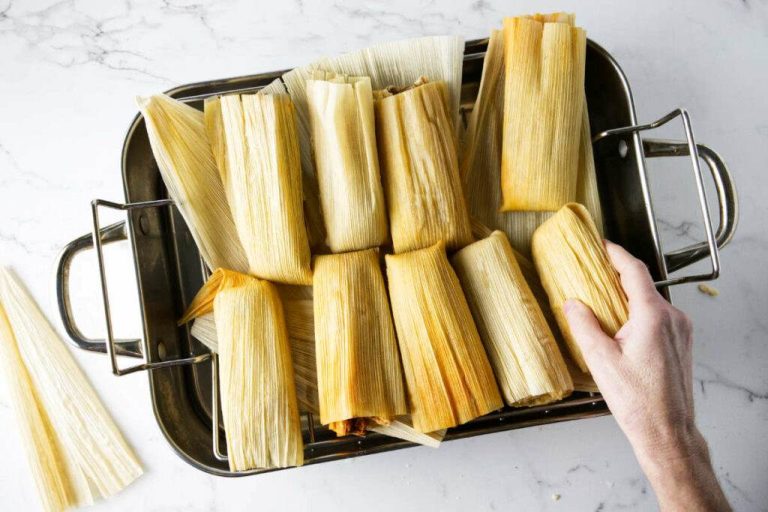Last summer, I planned a picnic with friends, packing sandwiches and fruit in my trusty cooler. Hours later, the food was warm, and the mayo had turned. My excitement fizzled as we tossed the meal. That moment taught me the value of reliable food storage. Temperature-resistant solutions keep food fresh, safe, and flavorful, whether for picnics, camping, or daily use. According to the USDA, improper storage causes 30% of food waste in U.S. households. This blog post shares my journey to find the best storage options, blending storytelling with practical tips. You’ll learn how to choose containers, maintain food safety, and reduce waste. Let’s dive into solutions that withstand heat, cold, and everything in between.
Why Temperature-Resistant Storage Matters
Food spoilage is a global issue. The FDA reports that 48 million Americans suffer foodborne illnesses yearly, often from improper storage. Temperature-resistant containers prevent bacterial growth by maintaining consistent conditions. For example, insulated bags keep cold foods below 40°F, while heat-resistant glass containers withstand oven temperatures up to 450°F. These solutions are vital for meal preppers, campers, or anyone storing leftovers.

My spoiled picnic wasn’t just inconvenient—it was costly. The average family loses $1,600 annually to wasted food, per the NRDC. Temperature-resistant storage extends shelf life, saving money and reducing environmental impact. Unlike standard plastic containers, which warp or leach chemicals when heated, specialized options like borosilicate glass or stainless steel are durable and safe. Transitioning to these products transformed my kitchen routine, ensuring meals stayed fresh longer.
Key Benefits:
- Safety: Prevents bacterial growth.
- Savings: Reduces food waste.
- Versatility: Suitable for hot and cold foods.
Discover How Long Do Tamales Last in the Fridge.
Types of Temperature-Resistant Storage Solutions
Several options cater to different needs. Understanding their features helps you choose wisely.
Insulated Food Containers
Insulated containers, like thermoses, maintain temperatures for hours. They’re ideal for lunches or outdoor trips. A 2023 study by Consumer Reports found high-quality thermoses kept food hot for up to 12 hours. Stainless steel models are lightweight and durable, perfect for soups or chili. I use one for my daughter’s school lunches, and her stew stays warm until noon.
Borosilicate Glass Containers
Borosilicate glass resists thermal shock, handling temperatures from -4°F to 450°F. These containers are oven-safe and microwave-friendly, unlike regular glass. They’re my go-to for reheating leftovers. However, they’re heavier, so consider portability needs.
Silicone Food Bags
Silicone bags are flexible, heat-resistant up to 400°F, and freezer-safe. They’re reusable, reducing plastic waste. I switched to these for storing berries, and they’ve stayed fresh for weeks.
Vacuum-Sealed Containers
Vacuum-sealed systems remove air, slowing oxidation. They’re excellent for dry goods or marinated meats. A 2024 Food Safety Journal study showed vacuum-sealing extends meat shelf life by 50%.
Quick Tip: Match container type to your lifestyle—thermoses for portability, glass for home use.
How to Choose the Right Storage Solution
Selecting the best option depends on your needs. Here’s how to decide.
First, consider usage. For outdoor activities, prioritize insulated or lightweight options like silicone bags. For home cooking, glass containers offer durability. Next, check temperature ranges. Not all products handle extreme heat or cold equally. Borosilicate glass is versatile, but stainless steel thermoses excel for long-term temperature retention.
Portability matters too. My heavy glass containers stayed home after I struggled carrying them to a potluck. Lightweight silicone or plastic-free stainless steel works better for travel. Budget is another factor. While high-end vacuum-sealed systems cost $50–$100, basic glass sets start at $20. Finally, ensure products are BPA-free and food-safe. The FDA warns that low-quality plastics may leach chemicals when heated.
Checklist for Choosing:
- Purpose: Home, travel, or both?
- Material: Glass, silicone, or stainless steel?
- Budget: Affordable or premium?
- Safety: BPA-free and food-grade?
Practical Tips for Using Temperature-Resistant Storage

Maximizing these solutions requires smart habits. Here are actionable tips.
Preheat or Precool Containers
For hot foods, fill thermoses with boiling water for 5 minutes before adding food. For cold items, store containers in the fridge. This maintains temperatures longer. I learned this after my soup cooled too quickly during a hike.
Avoid Overfilling
Leave space for air circulation in containers. Overpacking glass or silicone can cause cracks or leaks. My first attempt at freezing soup in a glass container ended in a shattered mess because I filled it to the brim.
Clean Properly
Hand-wash silicone bags to preserve seals. Glass and stainless steel are dishwasher-safe, but check manufacturer guidelines. Regular cleaning prevents bacterial buildup, per CDC recommendations.
Store Strategically
Place perishable items in the coldest fridge zones (below 40°F). Use vacuum-sealed containers for pantry goods to deter pests. These habits cut my food waste by half.
Pro Tip: Label containers with dates to track freshness.
Common Mistakes to Avoid
Even with the best tools, mistakes happen. Here’s what to watch for.
Using non-resistant containers for hot foods is a common error. Regular plastic warps above 140°F, risking chemical leaching. I once melted a cheap container in the microwave, ruining my meal. Another mistake is ignoring storage guidelines. Freezing glass without room for expansion causes cracks. Additionally, skipping regular cleaning invites mold. The CDC notes that 20% of foodborne outbreaks stem from contaminated containers.
Don’t mix hot and cold foods in one container—it disrupts temperature stability. Finally, avoid stacking heavy glass containers; they can chip or break. By dodging these pitfalls, you’ll extend the life of your storage solutions and keep food safe.
Mistakes to Avoid:
- Using non-resistant plastics for heat.
- Overfilling or improper freezing.
- Neglecting cleaning routines.
The Environmental Impact of Smart Storage
Temperature-resistant storage isn’t just practical—it’s eco-friendly. The EPA estimates food waste contributes 8% of global greenhouse gas emissions. By extending food life, these solutions reduce landfill waste. Reusable silicone bags and glass containers replace single-use plastics, which take 500 years to decompose, per National Geographic.
Switching to these products cut my plastic bag use by 90%. It felt rewarding to lower my environmental footprint. Plus, durable materials like stainless steel last years, reducing replacement costs.
Conclusion: Fresh Food, Made Simple
My picnic disaster sparked a journey to master temperature-resistant storage. From insulated thermoses to borosilicate glass, these solutions keep food fresh, safe, and delicious. They save money, reduce waste, and support a greener planet. Whether you’re a busy parent, outdoor enthusiast, or meal prepper, there’s a product for you. Start small—try a silicone bag or glass container—and see the difference. Your wallet and the environment will thank you.
What’s your go-to storage solution? Share in the comments or pass this article to a friend who loves fresh food!
FAQs
What are temperature-resistant food storage solutions?
They’re containers like glass, silicone, or stainless steel that maintain food temperatures, preventing spoilage.
Can I microwave temperature-resistant containers?
Yes, borosilicate glass and silicone are microwave-safe, but always check manufacturer guidelines.
How do I clean silicone food bags?
Hand-wash with mild soap and warm water to preserve seals and prevent damage.
Are vacuum-sealed containers worth it?
Yes, they extend shelf life by 50%, especially for meats and dry goods.
Where can I buy reliable storage solutions?
Check trusted retailers or online platforms like Amazon, guided by Consumer Reports reviews.











+ There are no comments
Add yours